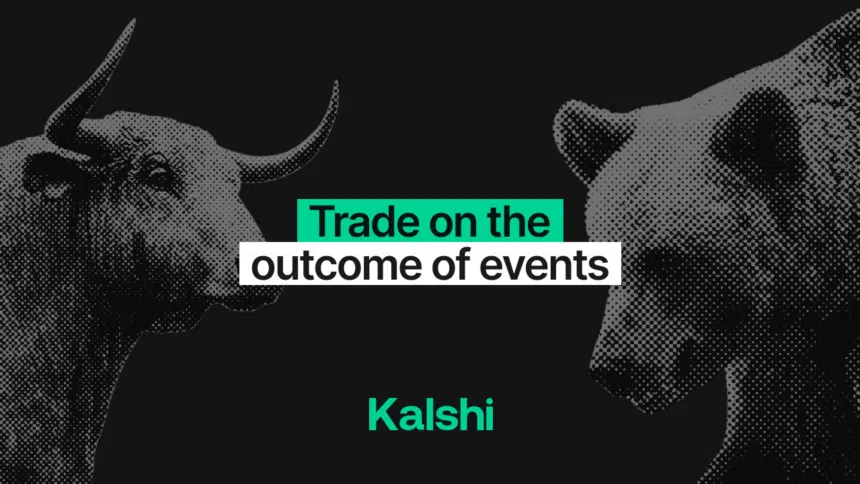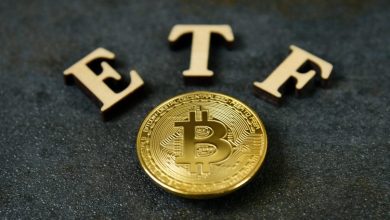Kalshi Adds Base-Native USDC Deposits, Tightening Its Link to Mainstream Crypto Rails


Kalshi, the U.S.-regulated prediction market operator, has added support for native USDC deposits on Base, the Coinbase-backed ETH layer-2 network — the latest step in its quiet expansion across compliant crypto rails.
The move might sound technical, but for Kalshi it’s a meaningful bridge between traditional finance regulation and the blockchain world it has long sought to serve without crossing compliance red lines. Users can now fund accounts directly with Base-native USDC, cutting out wrapped tokens and high-friction bridges.
Kalshi runs as a Designated Contract Market under the U.S. Commodity Futures Trading Commission, a licence it secured in late 2020 later than years of negotiation. That status makes it the only federally regulated platform where individuals can trade on real-world outcomes — from inflation readings to sports and political control of Congress.
The firm’s path has been anything but smooth. In 2023, the CFTC blocked Kalshi from listing contracts tied to which party would control the U.S. Congress. The company sued, arguing the regulator was overstepping. Court rulings through 2024 largely favoured Kalshi, and in May 2025 the CFTC dropped its appeal — a turning point that freed the platform to resume listing certain political markets.
That regulatory victory came as investors were again pouring into the company. A June 2025 funding round valued Kalshi at roughly $2 billion, drawing backing from major venture names and market-structure insiders who view it as the compliant answer to offshore prediction venues.
Now, the platform is widening its technical reach. Over the past few months, Kalshi has added native USDC and token support on the Move-based blockchains Sui and Aptos, and Base is the third new integration. Each addition brings a diverse community — and, more significantly, new on-ramps for users who hold stablecoins in mainstream wallets.
For Circle, which issues USDC, the rollout is another showcase of how its dollar-pegged token now moves natively across a growing roster of networks. Circle began issuing native USDC on Base in September 2023, on Sui a year later, and on Aptos in January 2025, part of a multi-chain expansion that removes the bridge risk attached to older “USDC.e” versions. Circle itself went public in June 2025, underscoring how stablecoins have become an accepted part of the U.S. financial fabric.
Base, launched by Coinbase in 2023, has rapidly become one of the most active ETH layer-2s thanks to low fees and seamless integration with Coinbase’s retail and institutional products. For Kalshi, tapping that ecosystem means U.S. customers can move funds directly from Coinbase accounts or Base wallets into their Kalshi balance with minimal delay or cost.
The timing also aligns with a broader convergence among U.S.-compliant crypto firms. As Circle’s Cross-Chain Transfer Protocol links Base, ETH, and other networks, platforms like Kalshi can accept the identical asset — native USDC — regardless of which chain users begin on. That matters for liquidity and user experience in an industry where friction is often the silent killer of growth.
There’s also a competitive edge. Offshore prediction sites such as Polymarket have long benefited from instant crypto transfers and global reach. By adding quick, low-cost rails inside the regulatory perimeter, Kalshi is narrowing the gap in usability while keeping its CFTC oversight intact.
Still, the platform must navigate a patchwork of state-level interpretations over whether some event contracts count as gambling. Even with federal designation, Kalshi continues to face scrutiny from state regulators that view political or entertainment-based markets as sensitive territory.
Inside the company, however, the focus is firmly on scale. Each new deposit rail reduces conversion friction and widens Kalshi’s potential audience — not just retail traders but also institutions that want exposure to event outcomes in a compliant wrapper. With USDC now native on Base, Sui, and Aptos, the platform can draw liquidity from across the crypto landscape without depending on a single chain.
For users, the upgrade means simpler onboarding: USDC held on Coinbase or Base can be deposited directly, bypassing bridges or extra fees. For the broader market, it’s another sign that regulated platforms are begining to look and feel as fluid as their offshore rivals.
Kalshi’s story began as a regulatory experiment — can event markets exist legally inside U.S. borders? Five years on, it’s turning into a model of how traditional oversight and blockchain infrastructure can coexist. The addition of Base-native USDC is only one integration, but it shows how the frontier between crypto and compliant finance is begining to blur — not through slogans, but through plumbing.







